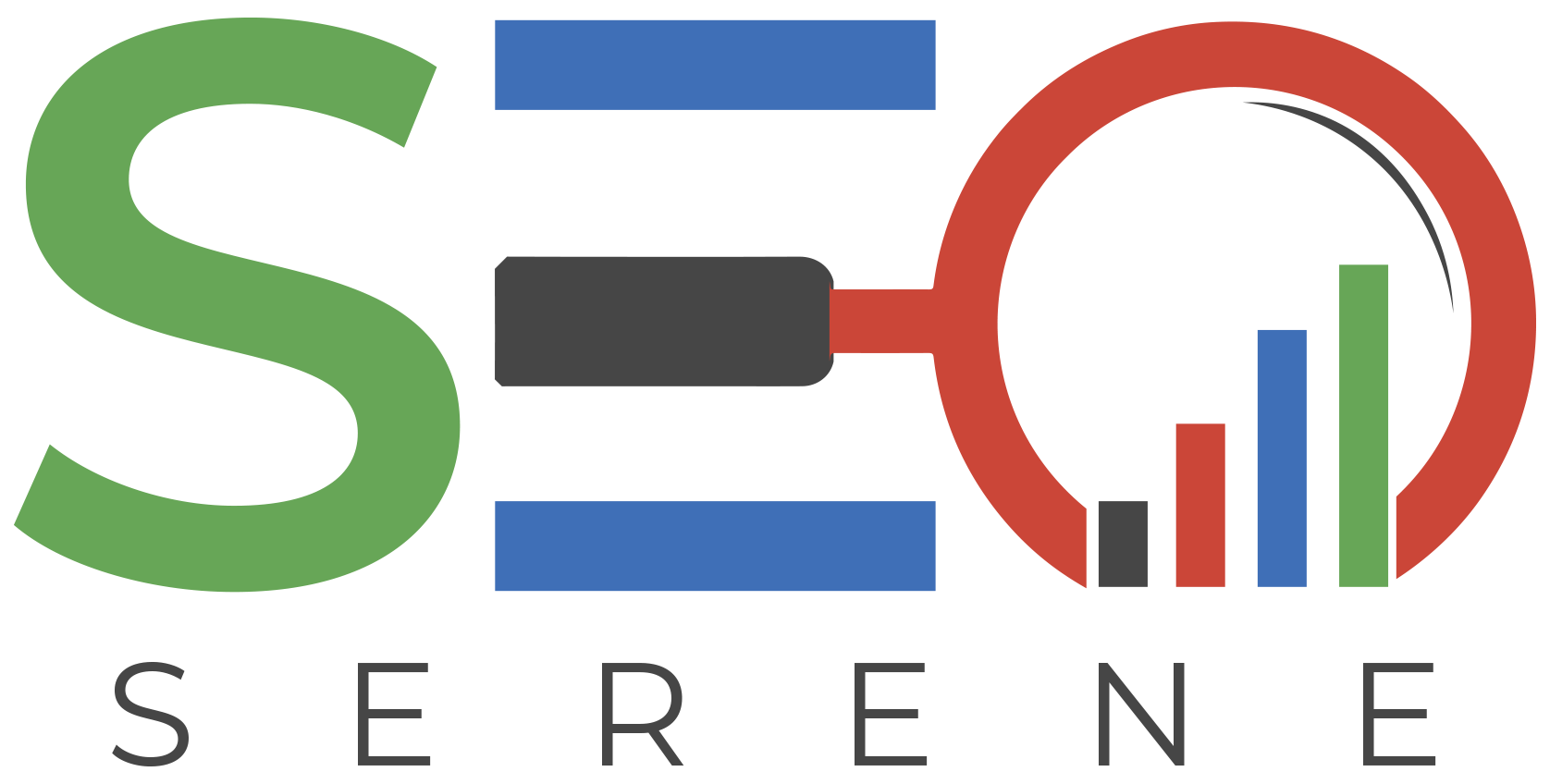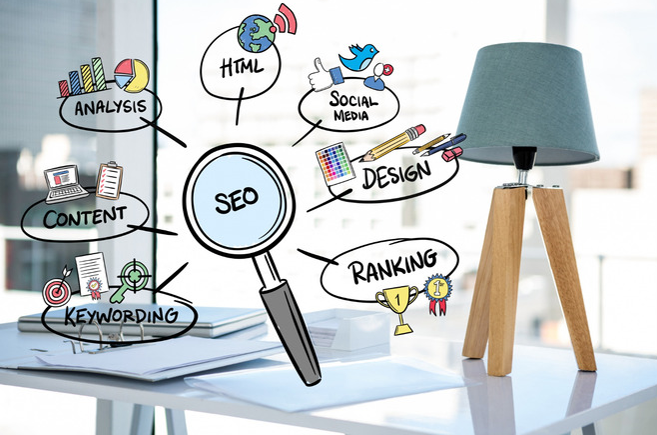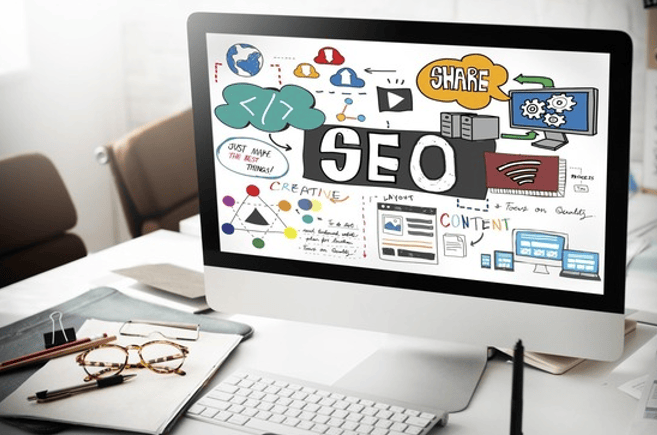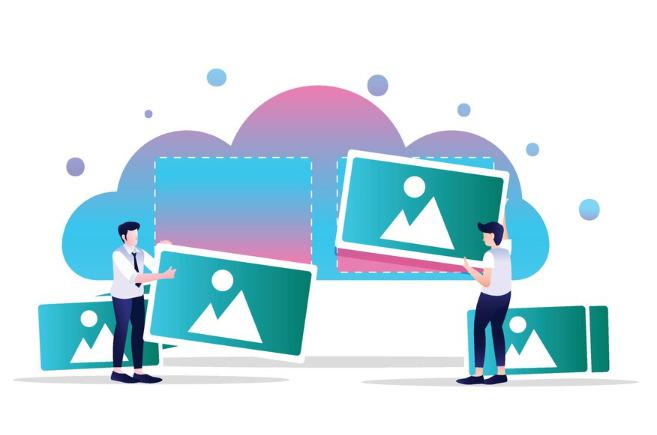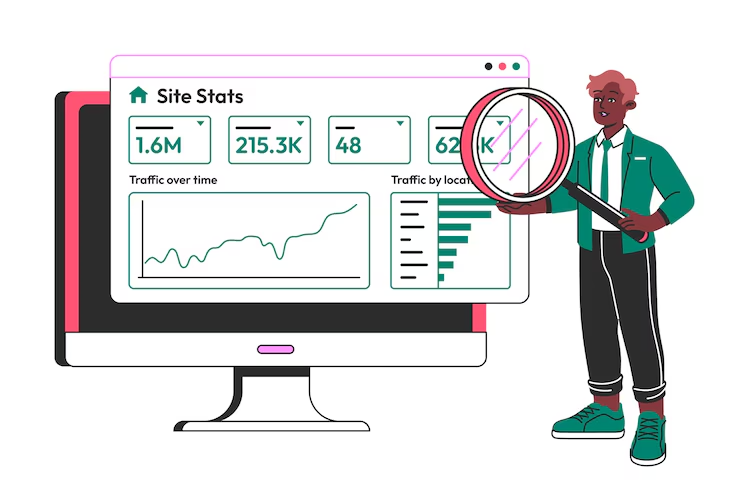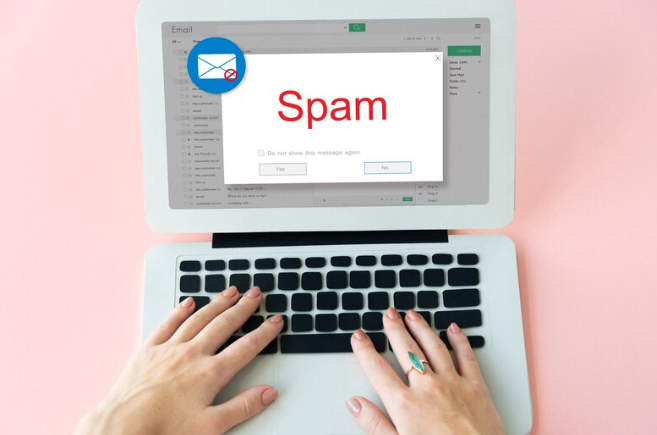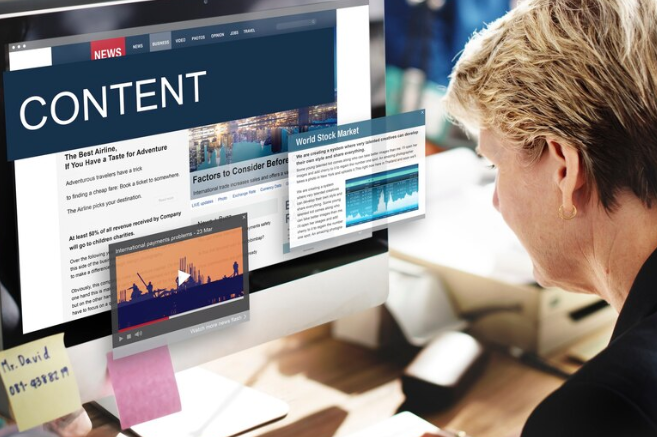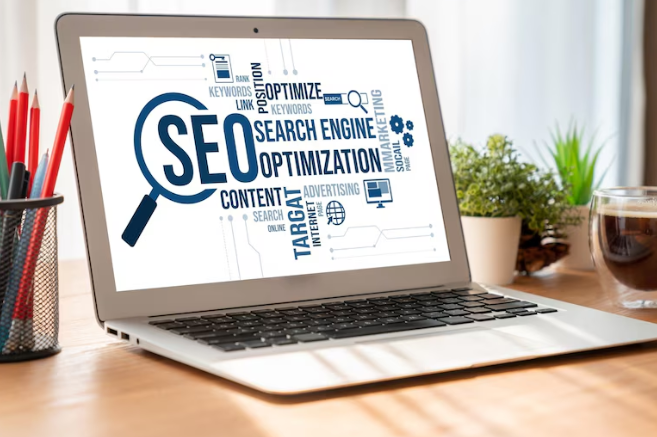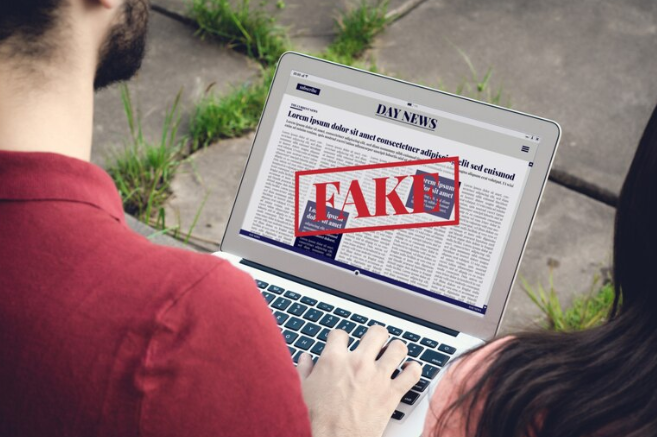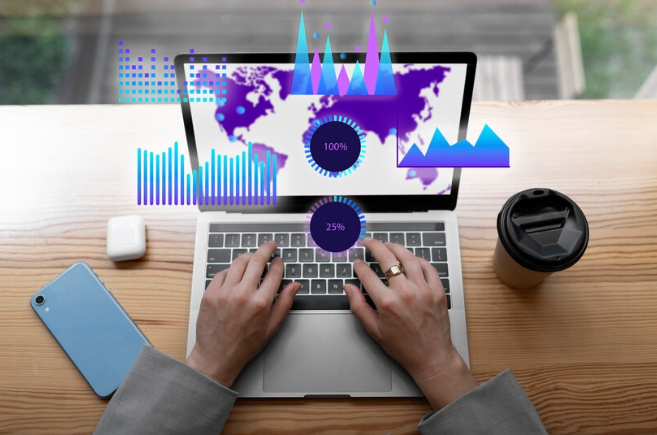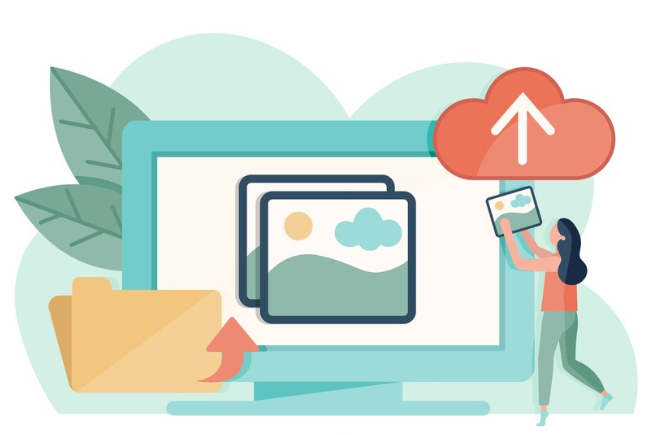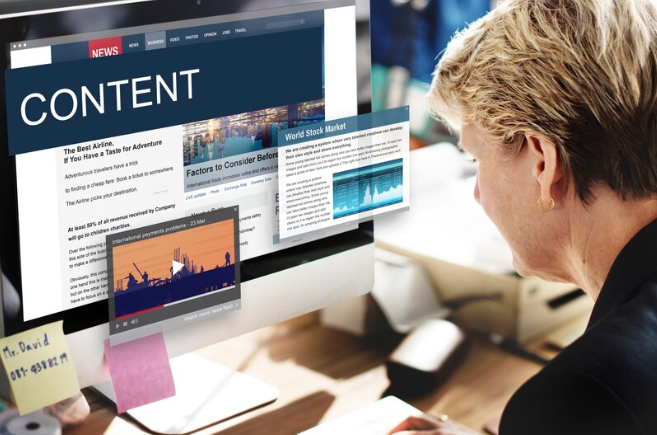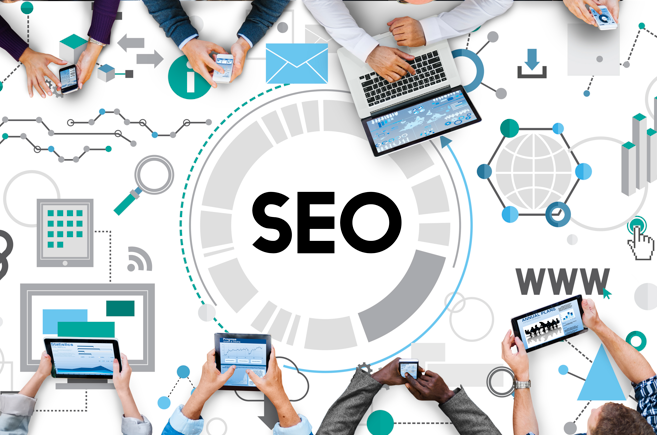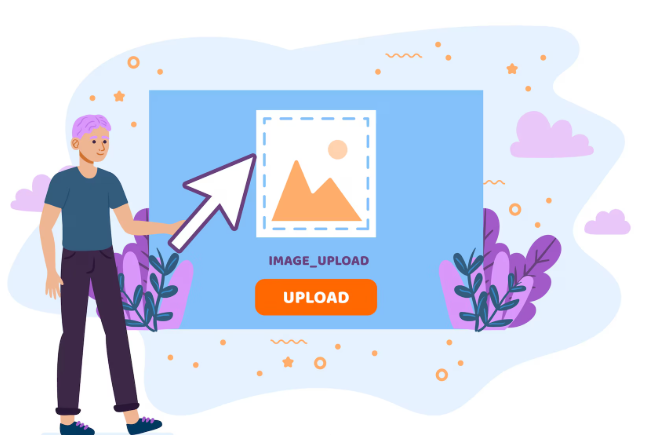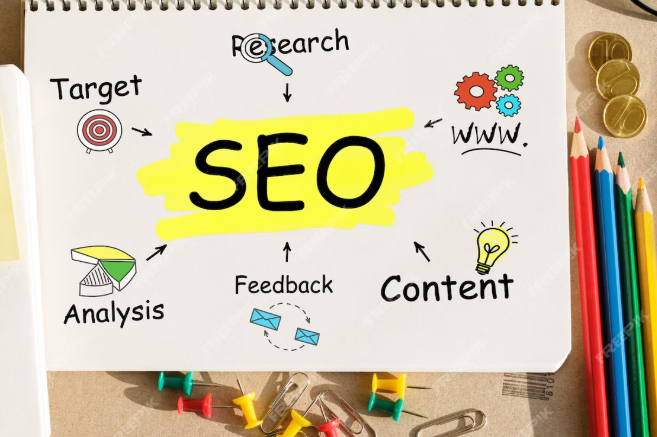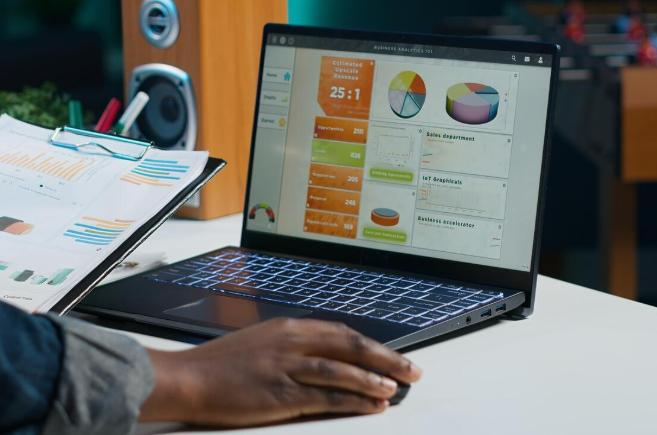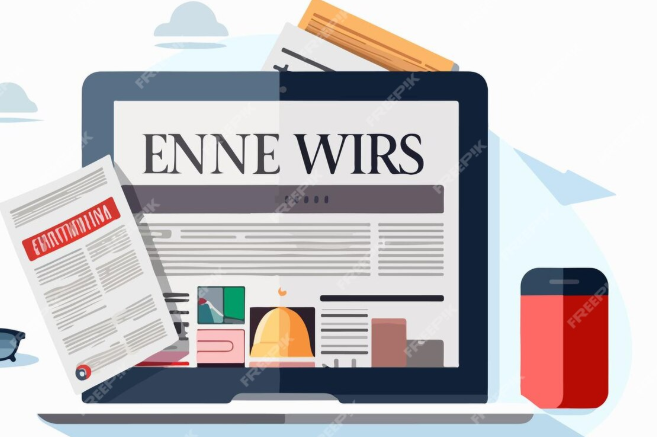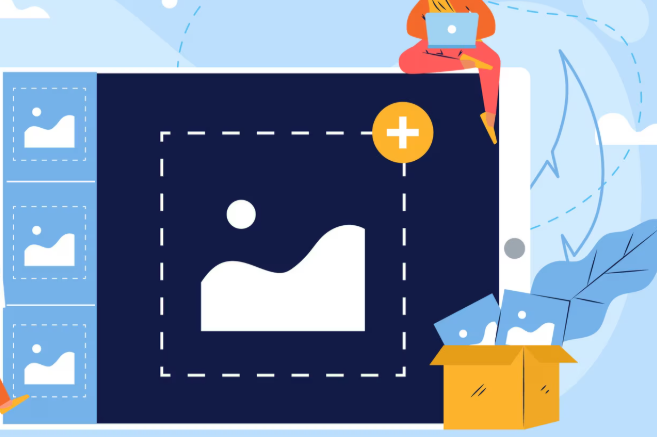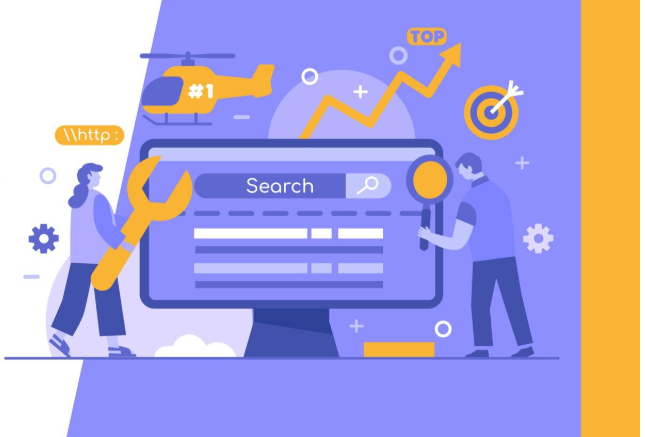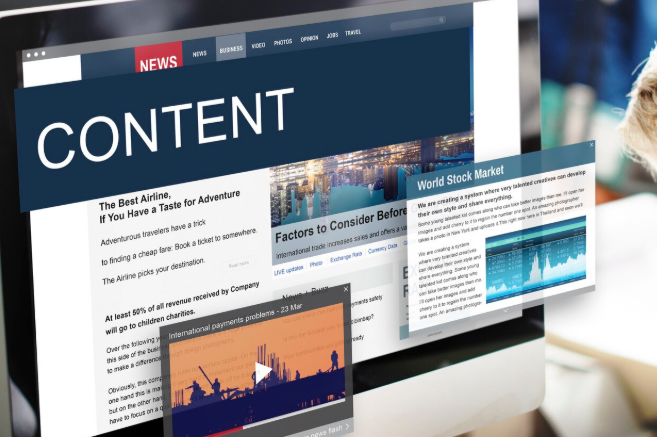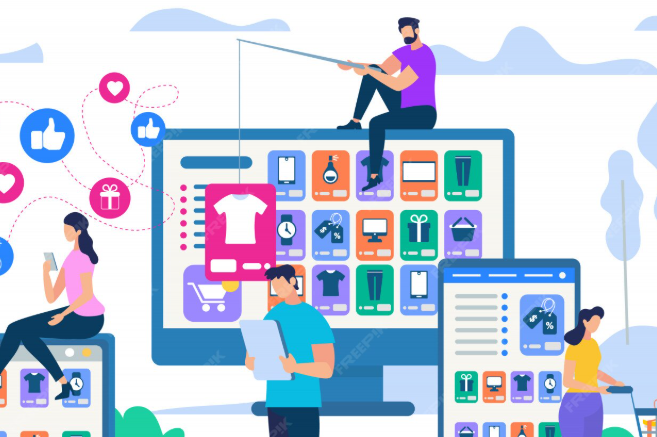Image formats play a crucial role in the user experience and website performance in the rapidly evolving field of digital design. By 2025, you can be sure that one of the changes being witnessed by web designers, graphic designers, and content producers is that JPG is becoming increasingly more favorable than PNG. While there is a time and place for each format, the time has come to change PNGs to JPG, particularly on platforms like SEO Serene.
Here are the Reasons Why Designers Prefer PNG to JPG Conversion
– Smaller File Sizes Mean Faster Websites
Size is one of the primary concerns for designers switching from PNGs to JPGs. JPG images take up less space than original PNG images. As we proceed into 2025, size matters more than ever, as mobile-first indexing and fast load times are key factors in what most people rank. When a website has images and requires speed, designers will surely notice a dramatic increase in speed from converting high-resolution PNGs to JPGs. Increasing your speed will have an impact on your bounce rates, user retention, and SEO score. A change PNG to JPG converter can allow designers to resize images while maintaining a close resemblance to the object in its original appearance.
– Save Bandwidth and Enhance Mobile Experience
Bandwidth use is another consideration. Websites accessed via mobile data connections must consider their bandwidth usage to prevent draining user data. JPGs are smaller and use less data, making them an excellent format for mobile audiences. Designers who want a win-win in site performance and image quality maintain a practice of routinely converting PNGs to JPGs for a more accessible experience across devices.
– Universal Compatibility Across Devices
A significant additional benefit of JPG is its broad compatibility with various devices, platforms, and browsers. In 2025, JPG is still the most broadly supported image format. It can also be used in multiple scenarios where different applications may perform other tasks with image files. Whether it's a CMS like WordPress, social media like Instagram, or email marketing software, JPG images have predictable behavior across instances, and you won't have to worry about design breaks, degradation related to transparency that can happen regularly with PNGs, or display failure altogether.
– Ideal for Web Graphics and Photos
The visual quality of JPG images is often more than enough for web use. While PNGs are great for line art, logos, and detailed transparency, JPGs work better for photographs, backgrounds, and web graphics where a small file size and quick rendering are more critical than pixel-perfect sharpness. Designers creating landing pages, blog thumbnails, and background banners are now leaning toward JPGs for the perfect balance of clarity and compression.
– Custom Compression and Flexibility
The flexibility of JPG also helps with image compression and customization. Using modern editing tools and converters, designers can control the degree of compression, striking the ideal balance between quality and file size. This allows them to customize images for different contexts—high-res for hero banners and medium-res for blog illustrations—while maintaining consistency across the board. With a few clicks in a reliable PNG to JPG converter, designers can produce variations for different devices and screens.
– Boosting SEO with JPG
From an SEO standpoint, JPG also holds a slight edge. Since search engines prioritize site speed and structured image usage, smaller file sizes allow pages to load faster, improving both UX and rankings. Additionally, most SEO tools are optimized to analyze and optimize JPG images more effectively. Designers working on SEO Serene or similar platforms often report better performance when using JPGs instead of PNGs.
– Seamless Integration with Lazy Loading and CDNs
Moreover, JPG files are easier to optimize for lazy loading and CDN delivery. Lazy loading ensures that images load only when the user scrolls into view, reducing the initial load time. JPG’s compatibility with web technologies allows for smoother integration into lazy-loading frameworks. CDNs also cache and deliver JPG files more efficiently due to their compressed size, reducing global latency and improving page speed across regions.
– Best for Email Marketing and Campaigns
Designers also favor JPGs for email marketing and newsletters. Many email platforms restrict image sizes, and heavy PNGs can trigger spam filters or fail to render correctly on mobile email apps. JPG images, being lightweight and widely supported, are ideal for embedding in email campaigns. They enhance readability, maintain format integrity, and reduce the risk of formatting issues.
– Efficient Workflows with Bulk Converters
It’s also worth noting that many modern PNG to JPG converting tools now include batch processing features. This means designers can convert entire folders of PNGs into optimized JPGs with just one click, saving time and effort. This automation is a game-changer for professionals managing hundreds of assets, making JPG even more appealing in a fast-paced creative environment.
– JPG Supports Sustainable Web Design
Since web design is also a popular trend in 2025, sustainability is a hot topic, too. Reducing digital carbon footprint is now part of ethical design practices. JPG’s smaller file size leads to lower server load, reduced data results in, and less energy consumption overall. This makes JPEG a lower-hoosing option for designers who care about performance and the planet.
– PNG Still Has Its Place
Despite its many advantages, it’s important to remember that JPG isn’t a one-size-fits-all solution. PNGs still serve an essential role in scenarios that require transparent backgrounds, pixel-perfect detail, or archival quality. However, for day-to-day use on websites, social platforms, blogs, and marketing materials, JPG’s efficiency often outweighs PNG’s precision.
– JPG Is the Smart Choice in 2025
By embracing JPG and utilizing modern tools to convert PNG to JPG, designers can enhance productivity, maintain visual integrity, and deliver faster-loading, user-friendly content. The availability of high-performance PNG to JPG converting tools makes the transition seamless and efficient, empowering creatives to work smarter, not harder.
In Conclusion
In 2025, designers prefer JPG over PNG for several innovative and practical reasons. From improved speed and compression to broad compatibility and SEO benefits, JPG remains the go-to format for efficient, beautiful, and accessible design. As tools continue to evolve and design practices become more sustainable and performance-driven, JPG’s dominance in the digital design world is only expected to grow.
If you're looking to optimize your images for performance, SEO, and user experience, start converting with SEO Serene's powerful PNG to JPG tool, where quality meets speed.
